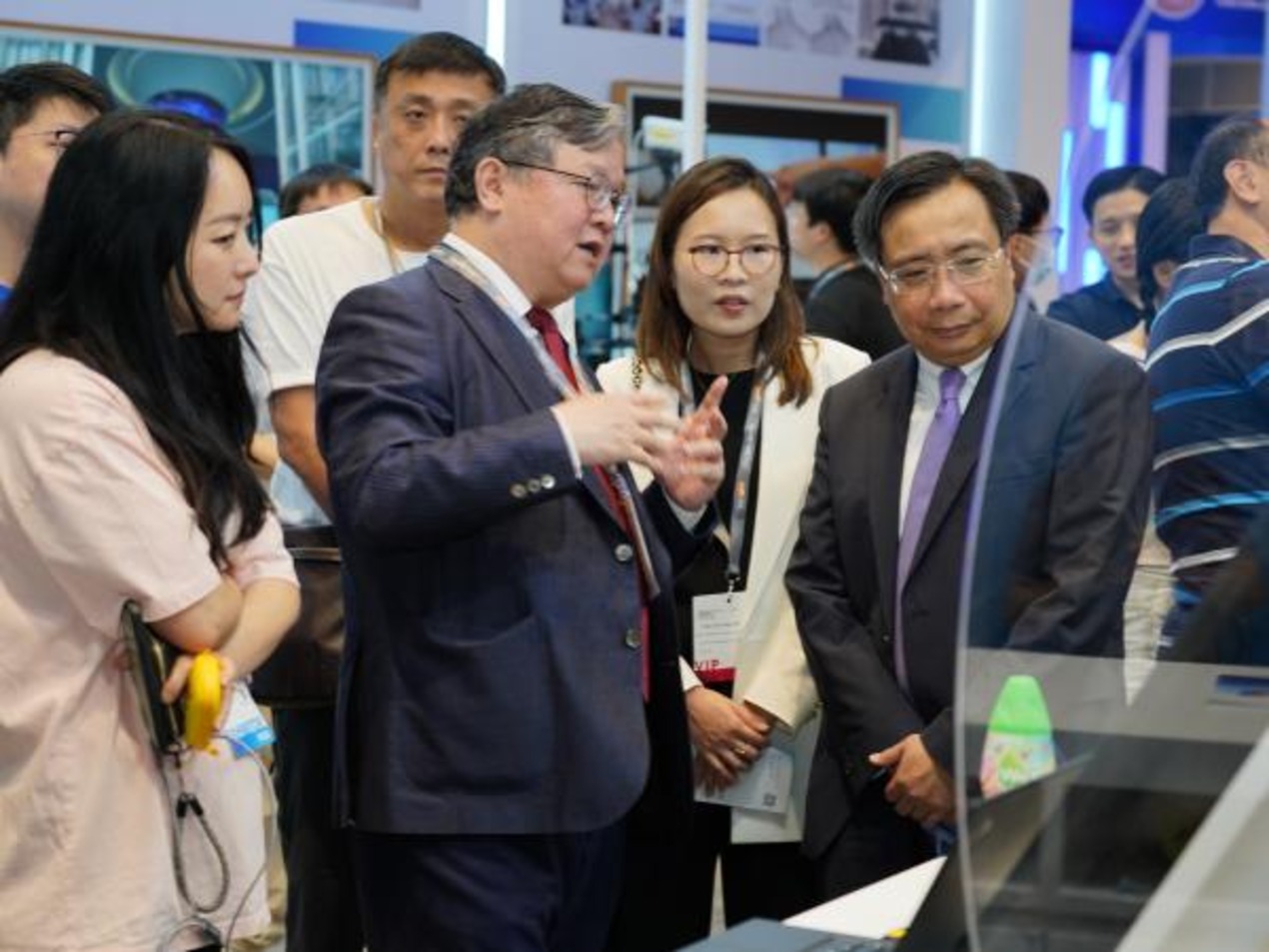
The government is planning to create a National Cyber Security Strategy 2020 for a safe, secured, and resilient cyberspace. The National Security Adviser, Ajit Doval, recently announced the project at c0c0n, a two-day virtual international conference on hacking and cybersecurity.
The event was organised by the Kerala Police, the Society for the Policing of Cyberspace, and the Information Security and Research Association. Doval noted that the proposed strategy aims to bring the country’s cybersecurity agencies together to secure, strengthen, and synergise the cybersecurity ecosystem by closely working with businesses and citizens.
According to a news report, he explained that the country witnessed threats to exploit the recent pandemic in the form of misinformation, fake news, and social media campaigns. Data in the cyberspace is a goldmine to extract information, undermine the privacy of citizens, and make India’s critical information infrastructure vulnerable to misuse.
He said that phishing campaigns use the COVID-19 pandemic to target financial, defense, and critical infrastructure. Around 5,000 malicious domains and websites were registered in a short period. There has been a 500% increase in cybercrime, owing to people’s limited awareness and poor cyber hygiene. Financial frauds have also increased tremendously owing to the increased reliance on digital payment platforms.
According to a recent report, e-wallets will continue to play a key role in its growth with the continuous increase in both frequency and user base. By 2025, wallets are expected to have higher penetration and lower-income would eventually drive multiple small-ticket transactions.
Digital payments are expected to grow over three-fold to IN₹ 7,092 trillion (around US$ 96 billion) by 2025, on account of government policies around financial inclusion and the growing digitisation of merchants. Mobile payments will drive around 3.5% of total digital payments by the financial year 2025, up from the current 1%. The total mobile payment users who currently stand at about 162 million would reach around 800 million during this period, the report stated.
The lack of indigenously-developed digital solutions like data-sharing facilities and social media platforms have adversely affected the nation’s self-reliance and cybersecurity, Doval added. He urged start-ups to create solutions in line with the country’s requirements and build capacity to ensure that the critical cyber assets are manned by skillful, native professionals.
IT players in the country should focus on research and development, which could lead to the creation of intellectual properties and development of Indian products, capable of competing globally
In 2019, India released a Digital India Compendium in which it outlined the government’s cybersecurity initiatives. As OpenGov Asia reported, it included the National Cyber Coordination Centre, which generates macroscopic views of cybersecurity breaches and cybersecurity threats in the country. The centre scans the cyberspace in the country at a metadata level and generates near real-time situational awareness.
Furthermore, the country launched the Cyber Swachhta Kendra, which provides free tools and security best practices to citizens. It helps users to safely carry out digital payments and secure their personal computers, broadband routers, and mobile phones.
The centre operates in collaboration with internet service providers (ISPs), antivirus companies, and academia to facilitate productive interactions in terms of guidance and communication between the government and the public. It also provides a free bot removal tool, various security tools, security best practices, and information to users to secure their systems and devices while spreading cybersecurity awareness.
















